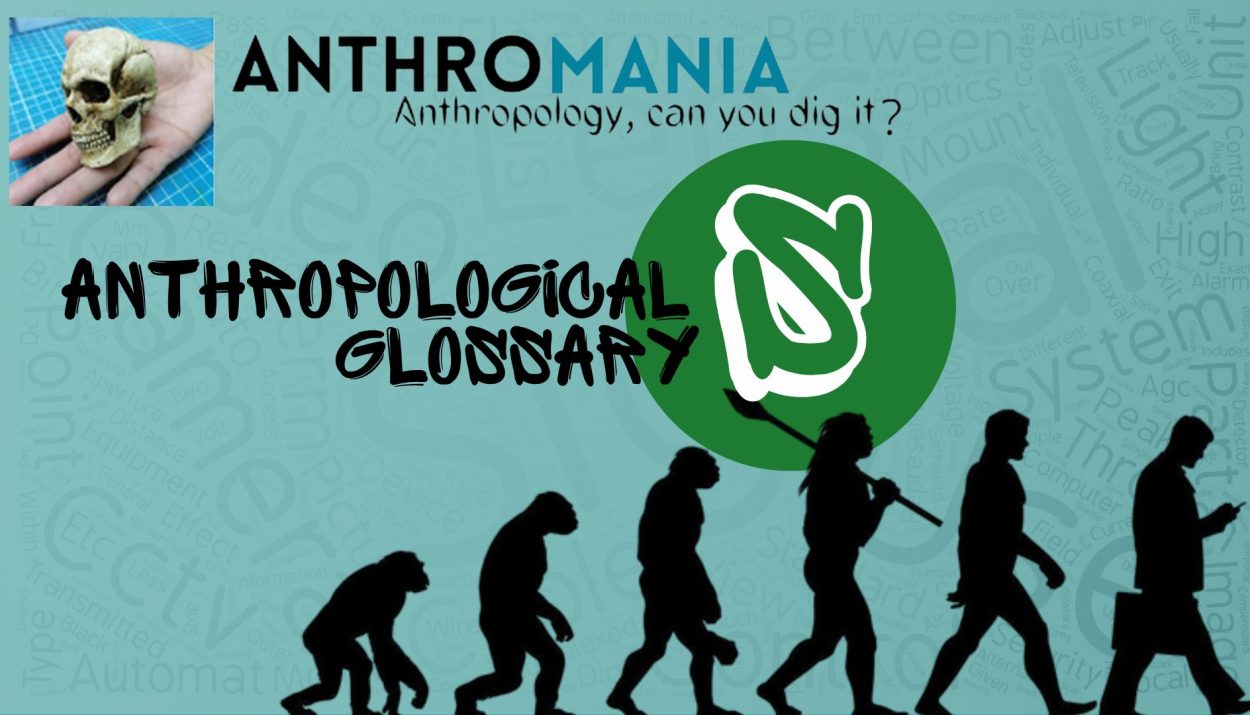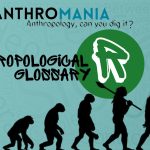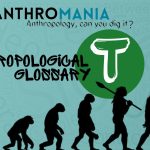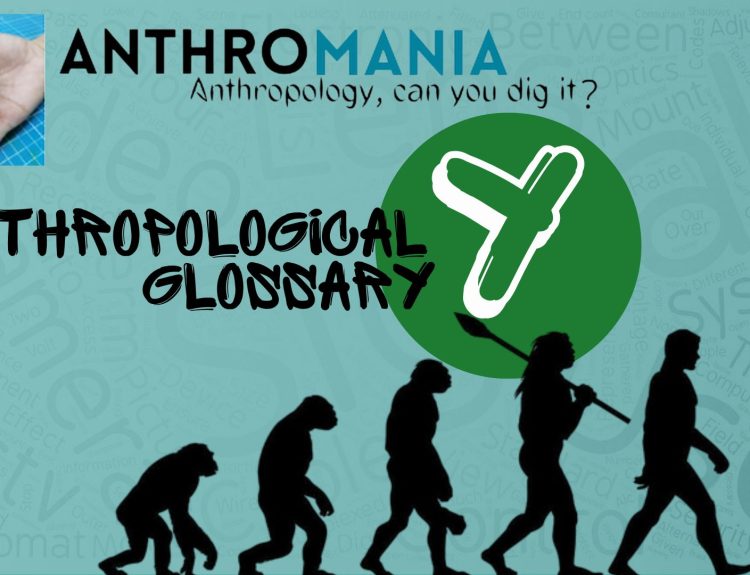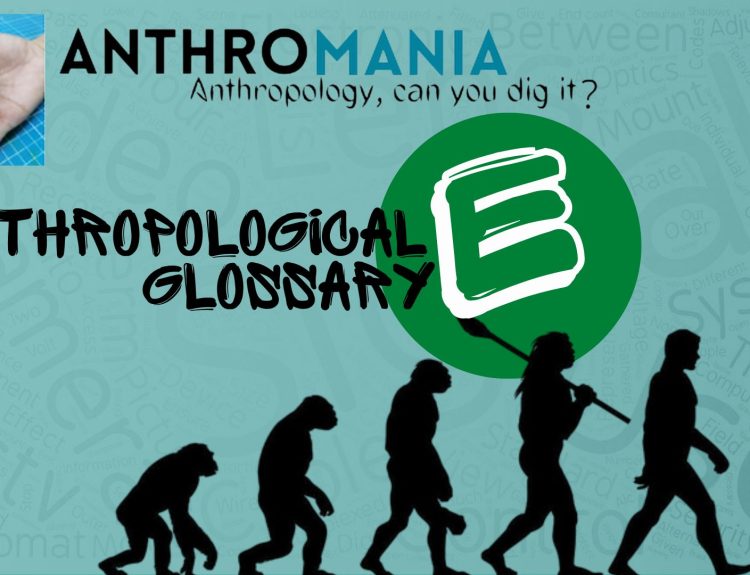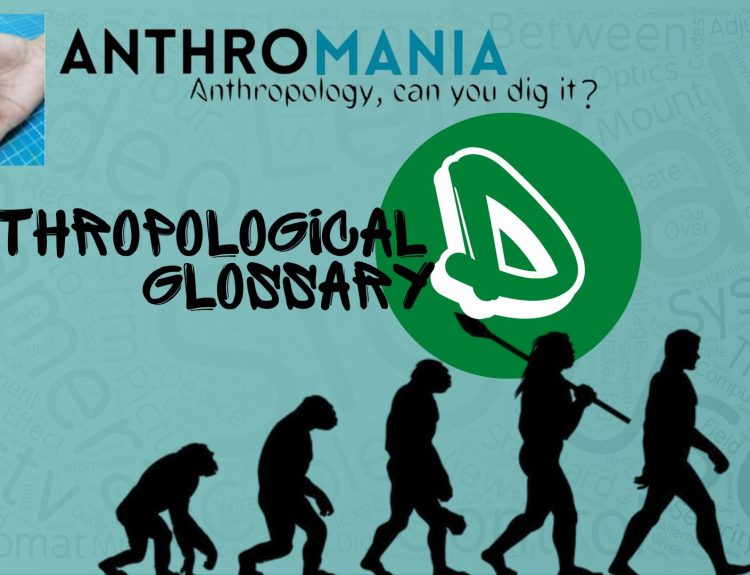Explore an Anthropological Glossary (Letter S) providing definitions of various terms, from “Sacrifice” to “Symbolic Anthropology.” Enhance your understanding of anthropological concepts and their significance.
Sacred: Objects, places, or ideas that hold special religious or spiritual significance within a culture. Sacred elements are often treated with reverence and are central to religious rituals and beliefs.
Sacred Complex: L.P. Vidyarthi described the “sacred complex” as a concept in anthropology that encompasses three interconnected elements: Sacred Geography, Sacred Performances, and Sacred Specialists. This framework is used to understand the profound interplay between sacred sites, rituals, and the individuals who officiate over religious and cultural practices in diverse societies.
Sacrifice: A ritual act in which offerings, often of material value, are made to deities or spirits as part of religious or cultural ceremonies. Sacrifice can take various forms, including animal sacrifice and offerings of food or other items.
Salvage Ethnography: An early approach in anthropology, primarily associated with Franz Boas, that aimed to document and preserve the traditions, languages, and cultures of indigenous peoples, recognizing the impact of cultural change and colonialism.
Sanskritization: A concept introduced by M.N. Srinivas. It describes the process by which lower-caste groups in India emulate the customs, rituals, and practices of higher-caste groups in an attempt to raise their social status.
Sanyasa Ashram: The fourth and final Ashram in Hinduism. It signifies the renunciant stage of life, where individuals fully withdraw from material and worldly attachments, embracing a life of asceticism and spiritual contemplation.
Sati system: A historical practice in India where widows self-immolated on their husband’s funeral pyre.
Savagery: A term historically used to describe the perceived lack of civilization or cultural advancement in certain societies.
Schedule: A structured plan or agenda that outlines the researcher’s activities and tasks during their time in the field.
Secularism: A principle advocating the separation of religion from government and public affairs. It promotes a neutral stance, ensuring that religious beliefs do not dominate or influence governmental decisions, institutions, or policies, fostering a diverse and inclusive society.
Segmentary Lineage: A kinship system in which people trace their descent and affiliations through a series of linked, segmented groups. Segmentary lineage systems are often found in pastoral or tribal societies.
Self-Identity: An individual’s conception of themselves and their sense of personal identity.
Semantics: The study of meaning in language. It examines how words, phrases, and sentences convey information and how language users interpret and understand those linguistic elements.
Settlement Patterns: The ways in which human communities are spatially organized, including factors like the arrangement of houses, streets, and infrastructure.
Sexual Dimorphism: The physical differences between males and females of a species, often used in the context of primatology and the study of non-human primates.
Sexual Division of Labor: The allocation of different tasks and responsibilities to individuals based on their gender.
Shamanism: A belief system and practice found in various cultures worldwide. Shamans, spiritual intermediaries, connect with the spirit world to heal, guide, and provide insights to their community.
Shuttle Trade: A form of trade in which goods are moved back and forth between two or more locations, often across borders, to take advantage of price differences or trade regulations.
Situational Analysis: An anthropological research method that involves the detailed examination of a specific social situation or context to understand the cultural, social, and economic factors at play.
Slash-and-burn agriculture: A farming method in which vegetation is cut down and burned before crops are planted. It is often used by indigenous peoples in tropical regions.
Slave: An individual who is legally considered the property of another person and is forced to work without their consent.
Slavery: The institution where individuals are owned and forced to work without consent, subjected to inhumane conditions and deprivations of personal freedom.
Slave Trade: The historical practice of buying and selling enslaved people, often from Africa, for labour in the Americas and other parts of the world.
Social Capital: The value derived from social connections and relationships. Social capital can facilitate access to resources and opportunities and is an important concept in economic anthropology.
Social Control: The mechanisms and strategies used by societies to regulate and influence individual and group behaviour, maintaining social order. These mechanisms can include laws, norms, and informal sanctions.
Sociocultural Anthropology: This is a subfield of anthropology that focuses on studying the ways in which societies and cultures are structured and how they function. It examines aspects like social organization, customs, beliefs, and traditions.
Socialization: The process through which individuals, particularly children, learn the values, norms, behaviours, and cultural practices of their society or social group.
Social Identity: The way individuals define themselves in relation to their membership in social groups, such as family, ethnicity, nationality, religion, or other affiliations.
Socio-linguistic (Ethnolinguistic): The study of the role of language in social behaviour.
Social Norms: Shared expectations and rules that dictate appropriate behaviour within a particular society or cultural group. Violating social norms can result in social sanctions or consequences.
Social Structure: The pattern of social relationships and institutions that make up a society. Social structure includes elements like family, kinship, social hierarchies, and economic systems.
Somatics: The study of the human body, particularly its movement and sensory experiences. Somatics is often applied in the context of dance, performance, and body culture.
Somatography: A term used to describe the study and representation of the human body, often through visual or written means.
Somatology: A subfield within anthropology that focuses predominantly on the comparative examination of human evolution, diversity, and categorization, particularly through the methods of measurement and observation.
Sorcery: The use of supernatural or magical powers to harm others. Sorcery is a belief and practice found in various cultures and may involve rituals, spells, or curses.
State: A politically organized territory with a centralized government that exercises authority over a defined population and territory.
Stateless society: Lack of formal government and operates with decentralized authority, often based on kinship or communal principles.
Status: An individual’s position or rank within a social structure. Status can be ascribed (assigned at birth) or achieved (earned through one’s actions and accomplishments).
Stereotype: A widely held but oversimplified and generalized belief or idea about a particular group of people or culture. Stereotypes can be harmful and may not accurately represent the diversity within a group.
Stonehenge: A prehistoric monument located in Wiltshire, England. It consists of massive standing stones arranged in a circular pattern, with lintels atop them.
Structuralism: A theoretical approach in anthropology and linguistics that seeks to understand cultural or linguistic phenomena by analyzing the underlying structures and systems that govern them.
Structural functionalism: A sociological and anthropological theory that examines how various elements of a society or culture function together to maintain stability and coherence.
Structural linguistics (Descriptive linguistics): It studies the structure of language (grammatical and other linguistic elements).
Subaltern: A term used to describe marginalized and subordinate groups in society who have limited political, social, and economic power. It is often associated with postcolonial and critical theory perspectives.
Subculture: A subgroup within a larger culture that shares distinctive values, practices, and norms that set them apart from the dominant culture. Subcultures may form based on factors like age, ethnicity, or interests.
Subsistence Strategy: The primary means by which a group or society obtains its food and resources for survival. Common subsistence strategies include foraging, agriculture, pastoralism, and industrial production.
Sudanese system: also called a descriptive system. It is a kinship terminology used in some societies. It employs distinct terms for every type of kin relationship, avoiding broad categories like “uncle” or “cousin.” relative.
Read- Patterns of Kinship Terminology
Sustainable Development: An approach that aims to balance economic, environmental, and social factors to promote long-term well-being and ecological integrity.
Symbol: A symbol is an object, word, or gesture that carries a specific meaning within a culture. These symbols often have significance and convey information about a culture’s beliefs, values, and social norms.
Symbolic Anthropology: An approach within anthropology that emphasizes the importance of symbols, meaning, and interpretation in understanding cultures. It often explores how people use symbols to communicate and construct their reality.
Synchronic: An approach in anthropology that focuses on understanding a culture or society at a specific point in time, rather than looking at its historical development or changes over time. It is often contrasted with a diachronic approach, which examines changes over time.
Syndyasmian Marriage: One man marries one woman at a time but he is free to make sexual relationships with any other female also.


